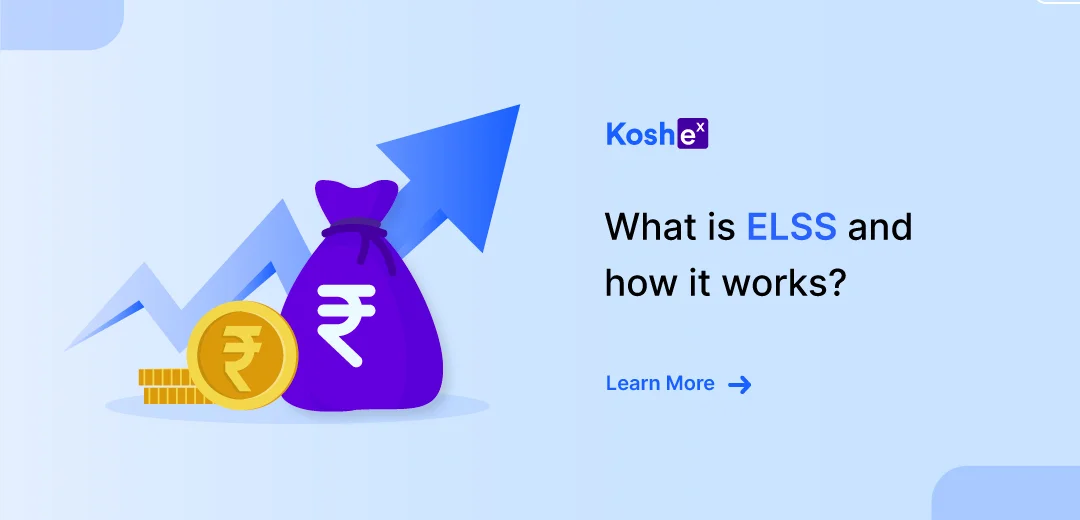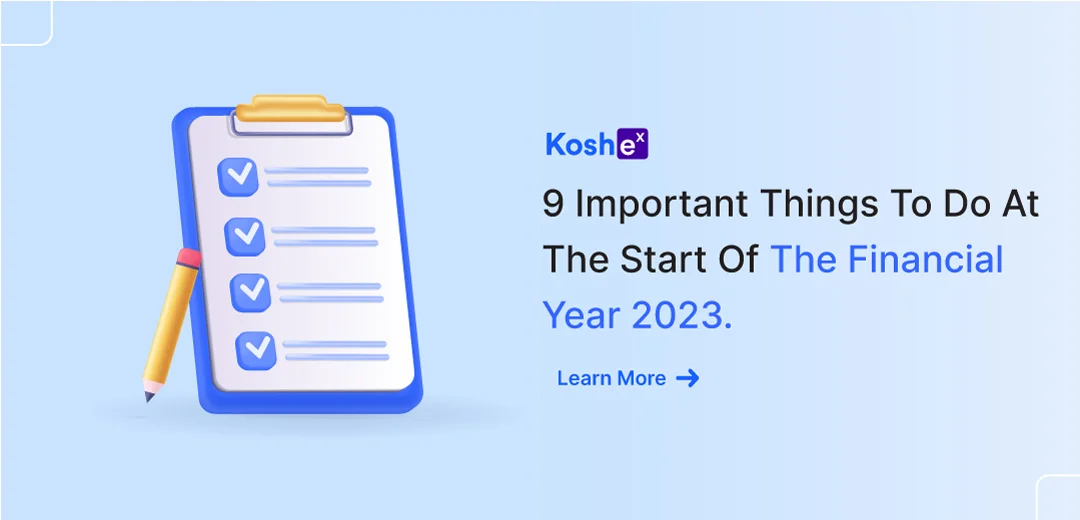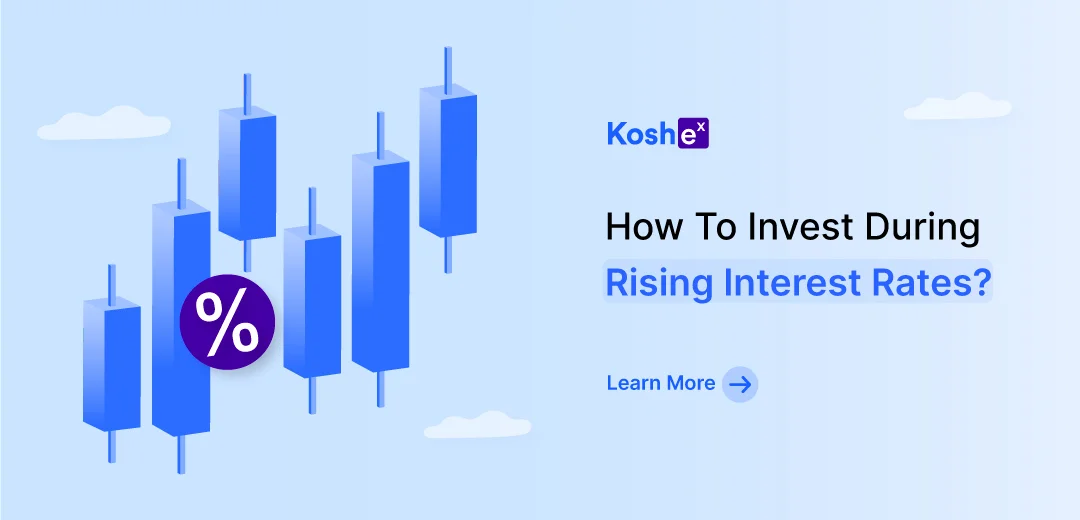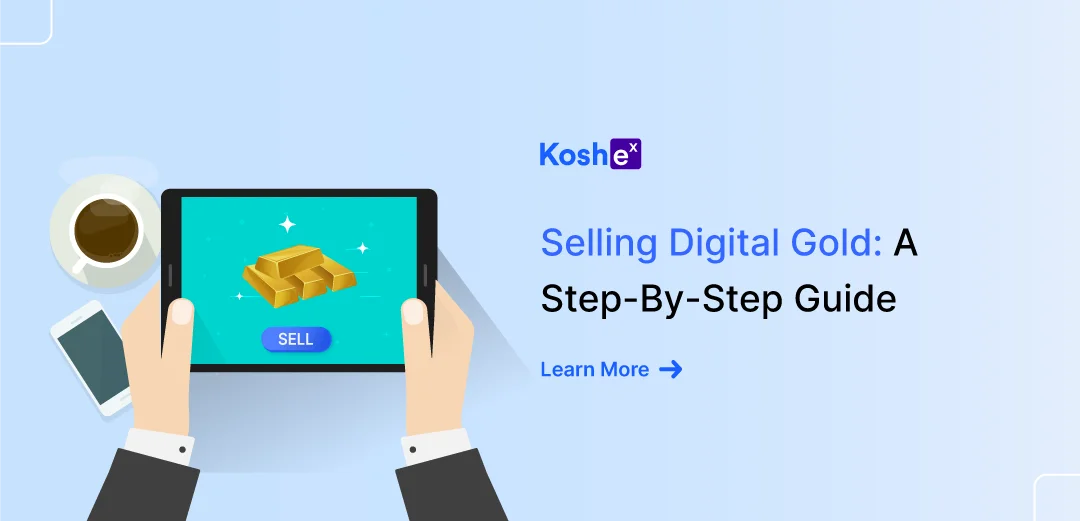ELSS is often touted as one of the best tax-saving investment instruments, said to help save you taxes and grow your wealth. Here’s a detailed guide on what ELSS is, how it works and whether it is the right investment option for you.
What Are ELSS Funds, Anyway?
An Equity Linked Savings Scheme (ELSS) is an equity mutual fund that invests a greater majority of its corpus in equity and equity-linked financial securities.
ELSS funds are the only mutual fund schemes that are eligible for tax deductions under Section 80C of the Income Tax Act. When you invest in ELSS, you can claim up to a maximum of ₹1.5 lakh as tax deduction benefits.
One of the main reasons why ELSS is loved by many is because they have the lowest lock-in period of three years when compared to other tax-saving instruments.
A Public Provident Fund (PPF) has a 15-year lock-in period, and a tax-saving Fixed Deposit (FD) has a five-year lock-in period while the National Pension Scheme (NPS) has a lock-in period until retirement. Once the lock-in period ends, you can redeem or switch the units.
If went to know your returns on investment using this calculator National Pension Scheme (NPS) Calculator
Also, among the other tax-saving avenues, ELSS has the highest potential for wealth creation in the long term. ELSS provides options to invest across both growth and dividend options.
Investors should assess the fund’s track record and choose one that suits their risk tolerance and helps them achieve their financial goals.
How Do ELSS Funds Work?
An ELSS fund invests most of its principal amount in equity-linked instruments such as shares. The remaining corpus is invested in fixed-income or money-market securities.
If the market value of the stocks in which the fund has invested rises, the investors will receive positive returns.
On the other hand, if the value of assets declines, the investors will face loss. ELSS funds will invest in diverse securities across several sectors and in companies with different market capitalizations.
Benefits Of Investing In ELSS Funds
Dual Advantages – Investing in ELSS Offers dual benefits – tax-saving advantages and wealth creation. Investors can claim up to ₹1.5 lakh as tax deduction benefits. Since ELSS has majority investments in equity, it has the potential to deliver high returns.
Lowest Lock-In Period – As we have mentioned above, this is the only tax-saving instrument that comes with the lowest lock-in period (i.e.) 3 years.
Start Investing With Less Money – With ELSS, investors can start their tax-saving journey for as low as ₹100 via the SIP mode.
Diversification – ELSS mutual funds invest a major portion of their funds in equity and equity-linked instruments and other securities, thus diversifying their portfolio. This diversification helps prevent big losses during highly volatile market conditions.
Beat The Inflation – ELSS mutual funds are the only tax-saving instrument with the potential to offer inflation-beating returns.
No Upper Limit – You can invest any amount in ELSS funds, as there is no upper limit. Meanwhile, the minimum investable amount will differ across fund houses.
Who Should Invest In ELSS Funds?
Though ELSS funds have some great benefits, they might not be suitable for everyone. However, some people must have ELSS funds in their portfolios.
ELSS funds are a perfect investment option for salaried individuals. When you earn a monthly salary, your company may deduct a certain amount towards the Employee Provident Fund (EPF), which is a fixed-income product.
Since EPF carries low risk, you can diversify your portfolio with ELSS. Since ELSS has the lowest lock-in period, they are easier for salaried employees in case they need to withdraw their investments after a few years.
ELSS funds are also a perfect option for newbie investors, who haven’t invested a lot of money in equity-related instruments. Equity investing requires patience and discipline of staying invested for a long period of time.
Newbie investors tend to withdraw their equity investment at the first sign of trouble. The lock-in period makes sure that you don’t withdraw your equity investments when the market declines.
Newbie investors can invest in ELSS via SIP, as it will help in rupee cost averaging. You can accumulate more units via SIP when the market falls.
Since ELSS funds invest more than 80% of their funds in equity and equity-related instruments, they are not a suitable investment option for those investors, who do not want to take any risks and want to invest only in safe instruments.
Older individuals should consider other investment instruments, which carry lower or no capital risk. They can go for LIC policies, ULIP, and so on.
What To Consider While Choosing The Right ELSS Fund?
Fund Performance
Assessing the past performance of a fund helps to determine how it has performed. This will help you make an informed investment decision. The one thing you should note here is that past performance is not an indicator of how a fund will perform in the future.
Expense Ratio
The expense ratio is the amount of investment that goes into managing the funds. An investor should carefully consider the expense ratio as it can have a direct impact on the returns generated by the fund. If the expense ratio is low, the returns would be high, and vice versa.
Returns
ELSS funds do not offer guaranteed returns as they are dependent completely on the performance of the underlying securities. On the other hand, it is wise to have an investment horizon of over 5 years in order to earn higher returns.
Fund Size
Investors should consider the size of the fund, which is considered a good indicator when choosing a fund. Please note that this criterion should not be applied to newly launched ELSS funds.
Investors should also take a hard look at the long-term performance of the fund and choose funds that have delivered consistent performance.
In The End…
ELSS funds make a great investment choice for every investor who is looking to save on taxes. You can also grow your wealth by investing in ELSS funds.
It is also a good idea to stay invested in ELSS funds even after the lock-in period ends. Equity funds are shown to give you higher returns in five to seven years.
So, you can consider staying invested for a long period in ELSS funds and continue to enjoy the tax benefits and higher returns.
All set to start your tax-saving journey? Head over to Koshex and create an account with us for free. You can start investing in less than 2 minutes and no paperwork is required.
Doesn’t that sound awesome? Sign up with Koshex to see how we are making personal finance easy!









Leave a Comment